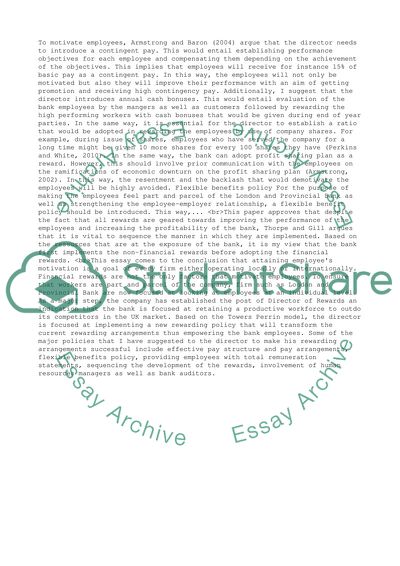Cite this document
(“Reward Managment Assignment Example | Topics and Well Written Essays - 2500 words”, n.d.)
Reward Managment Assignment Example | Topics and Well Written Essays - 2500 words. Retrieved from https://studentshare.org/business/1402555-reward-managment
Reward Managment Assignment Example | Topics and Well Written Essays - 2500 words. Retrieved from https://studentshare.org/business/1402555-reward-managment
(Reward Managment Assignment Example | Topics and Well Written Essays - 2500 Words)
Reward Managment Assignment Example | Topics and Well Written Essays - 2500 Words. https://studentshare.org/business/1402555-reward-managment.
Reward Managment Assignment Example | Topics and Well Written Essays - 2500 Words. https://studentshare.org/business/1402555-reward-managment.
“Reward Managment Assignment Example | Topics and Well Written Essays - 2500 Words”, n.d. https://studentshare.org/business/1402555-reward-managment.


